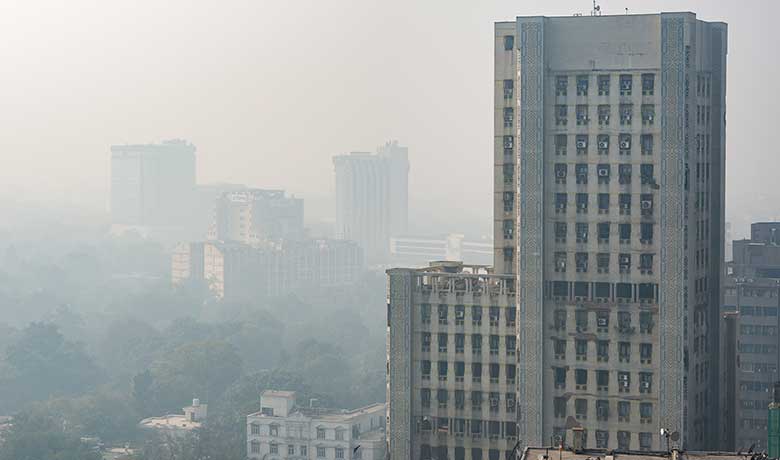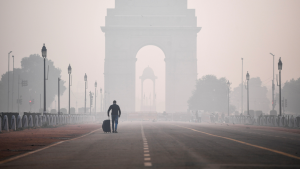Air Pollution in India: Causes, Effects, and Potential Solutions
3 min read
Air pollution is a persistent problem in India, and the country has been grappling with the issue for several years now. Despite the government’s efforts to curb pollution, India continues to have some of the worst air quality levels in the world. According to a recent report by the World Air Quality Index, as of March 2023, New Delhi, the capital city of India, ranks as the most polluted city in the world. In this article, we will explore India’s place in recent air pollution and the efforts made by the government to combat the problem.
One of the main sources of air pollution in India is the burning of fossil fuels. India is heavily dependent on coal for its energy needs, and the country has a large number of coal-fired power plants. These power plants are a significant source of air pollution, emitting particulate matter, sulfur dioxide, nitrogen oxides, and other harmful pollutants. Industrial emissions from factories and refineries also contribute to air pollution in India.
Another significant contributor to air pollution in India is transportation. The country has a large number of vehicles on its roads, and many of these are older vehicles that emit high levels of pollutants. The use of diesel-powered vehicles is also prevalent, which is a major source of air pollution.
The impact of air pollution on public health in India is severe. According to a study published in The Lancet Planetary Health, air pollution was responsible for 1.67 million deaths in India in 2019, which is around 18% of the total deaths in the country. Air pollution is a leading cause of respiratory diseases, heart diseases, and stroke in the country. Children and the elderly are particularly vulnerable to the health impacts of air pollution.
In recent years, the Indian government has taken several steps to address the problem of air pollution. The government launched the National Clean Air Programme (NCAP) in 2019, which aims to reduce air pollution levels by 20-30% by 2024 in 102 cities across the country. The program includes measures such as increasing the number of air quality monitoring stations, stricter enforcement of emission standards for industries and vehicles, and promoting the use of clean energy sources.
The Indian government has also launched several initiatives to promote the use of electric vehicles in the country. In 2018, the government launched the Faster Adoption and Manufacturing of Electric Vehicles (FAME) scheme to incentivize the purchase of electric vehicles. The scheme provides financial incentives to buyers of electric vehicles and aims to increase the number of electric vehicles on the road.
The Indian government has also launched initiatives to promote the use of renewable energy sources. The country has set a target of achieving 175 GW of renewable energy capacity by 2022, which includes 100 GW of solar energy and 60 GW of wind energy. The government has also launched the KUSUM scheme, which aims to promote the use of solar pumps in agriculture.
Despite the government’s efforts to address air pollution, there is still a long way to go. The implementation of policies and programs needs to be strengthened, and enforcement needs to be improved to ensure compliance with regulations. The use of cleaner technologies needs to be promoted, and more investment needs to be made in public transportation to reduce the use of private vehicles.
Conclusion
Air pollution is a significant problem in India, and the country has a long way to go in addressing the issue. The government has taken several steps to curb pollution, but more needs to be done to ensure a sustainable solution to the problem. It is essential that all stakeholders work together to find sustainable solutions to the problem of air pollution in India, as the health, environment, and economy of the country depend on it.






